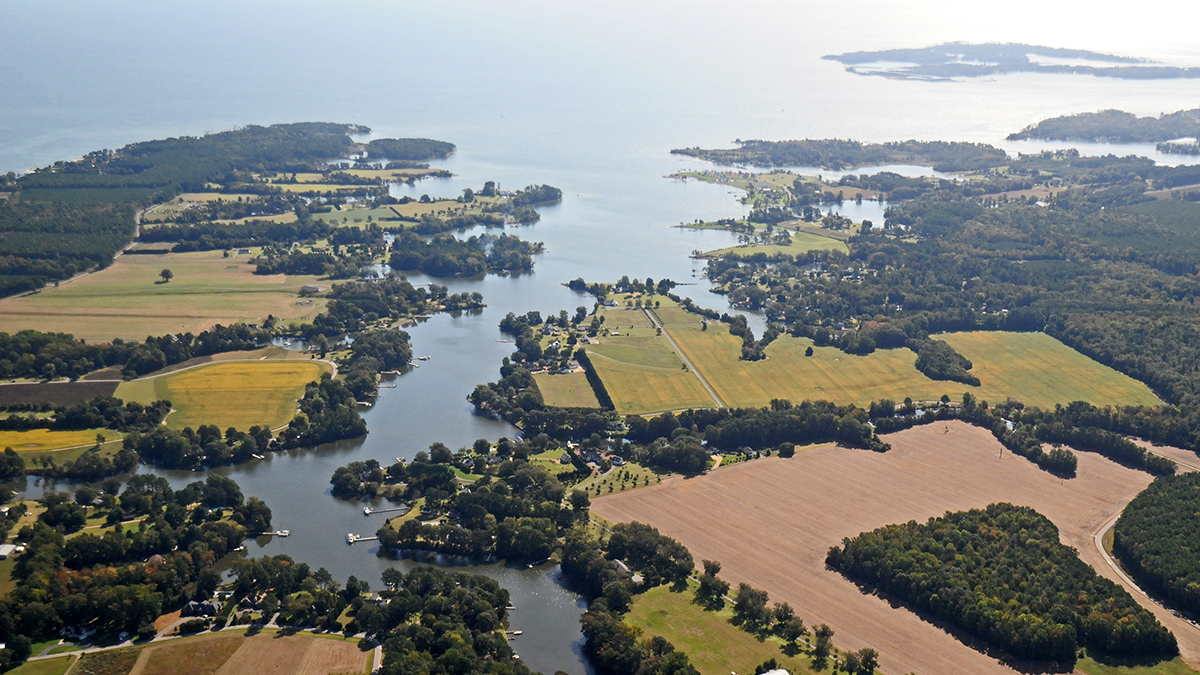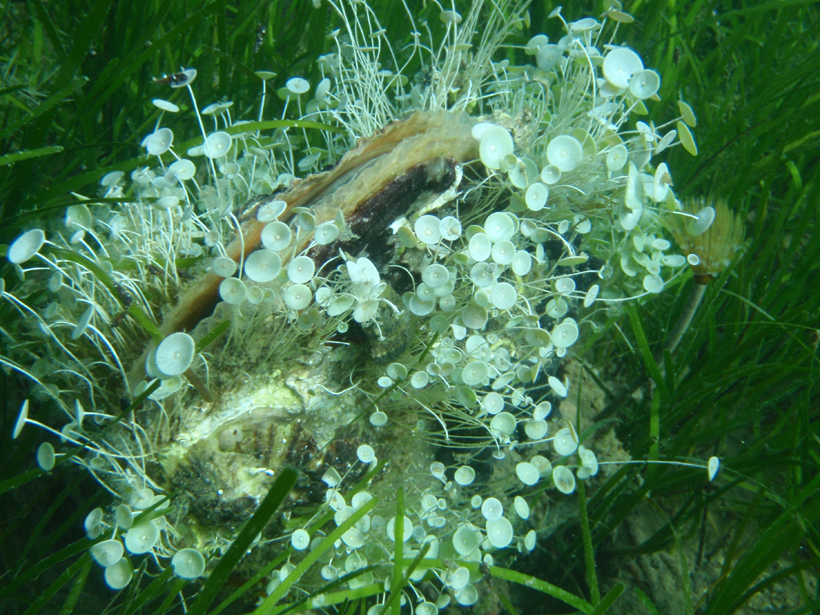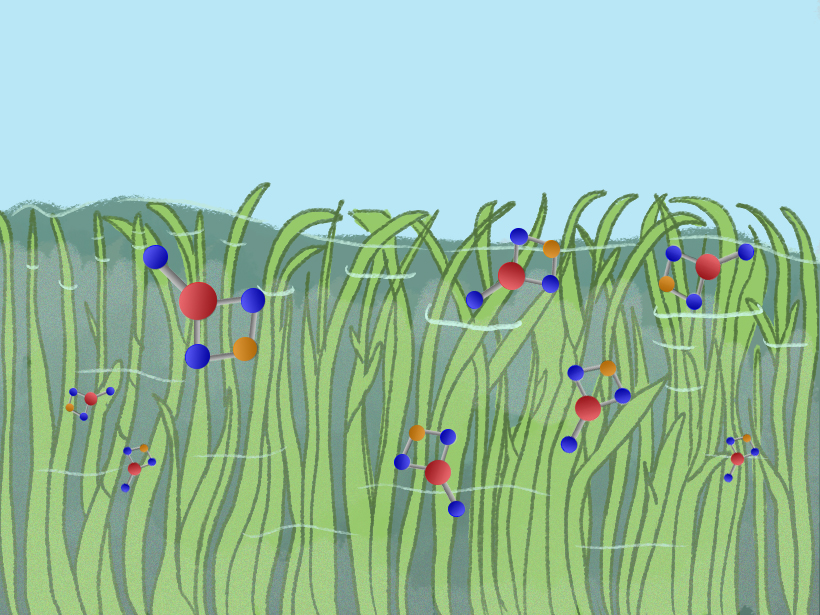Factors ranging from rainfall to nutrient runoff to changing mining and agricultural practices drove decades-long pH trends in the Chesapeake Bay.
Chesapeake Bay
Posted inNews
Leaky Pipes Are Dosing Baltimore’s Waterways with Drugs
Poor infrastructure is responsible for tens of thousands of pharmaceutical doses that flow through Baltimore’s streams each year.
Posted inEditors' Vox
Coastal Ecosystems Under Pressure Worldwide
A new book explores how two river-dominated coastal estuaries are responding to the pressures of human expansion and climate change.
Posted inNews
Aquatic Plants May Help Chesapeake Bay Resist Ocean Acidification
In freshwater vegetation flats upstream of the Chesapeake, chemical reactions create molecules that raise pH levels in the bay.
Posted inNews
Photography Focuses on Sea Level Rise and Eroding Communities
Narratives from applicants for the Getty Images Climate Visuals Grants provided a unique insight into the reality of climate change. Both winners focused on the impact of sea level rise.





